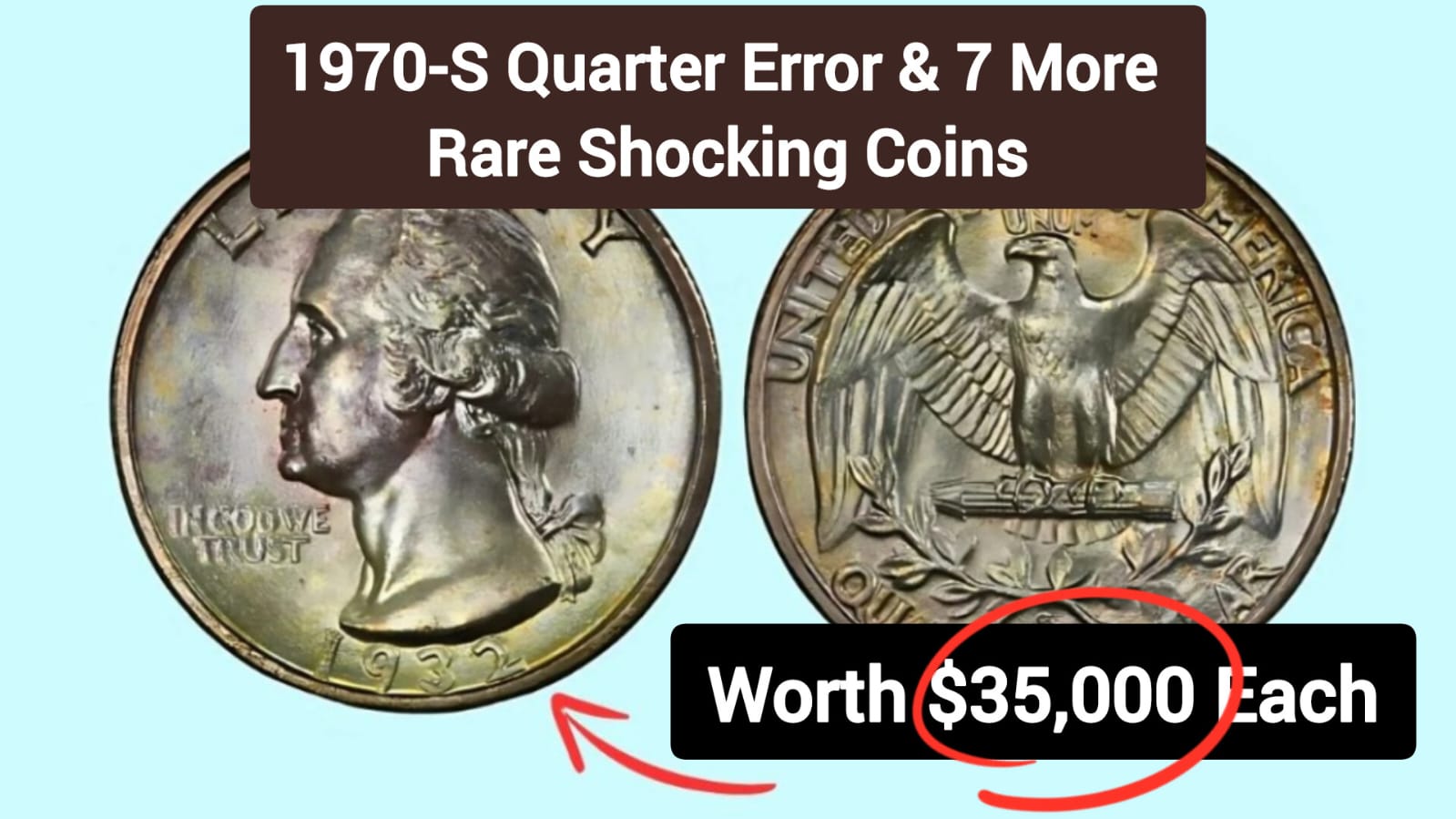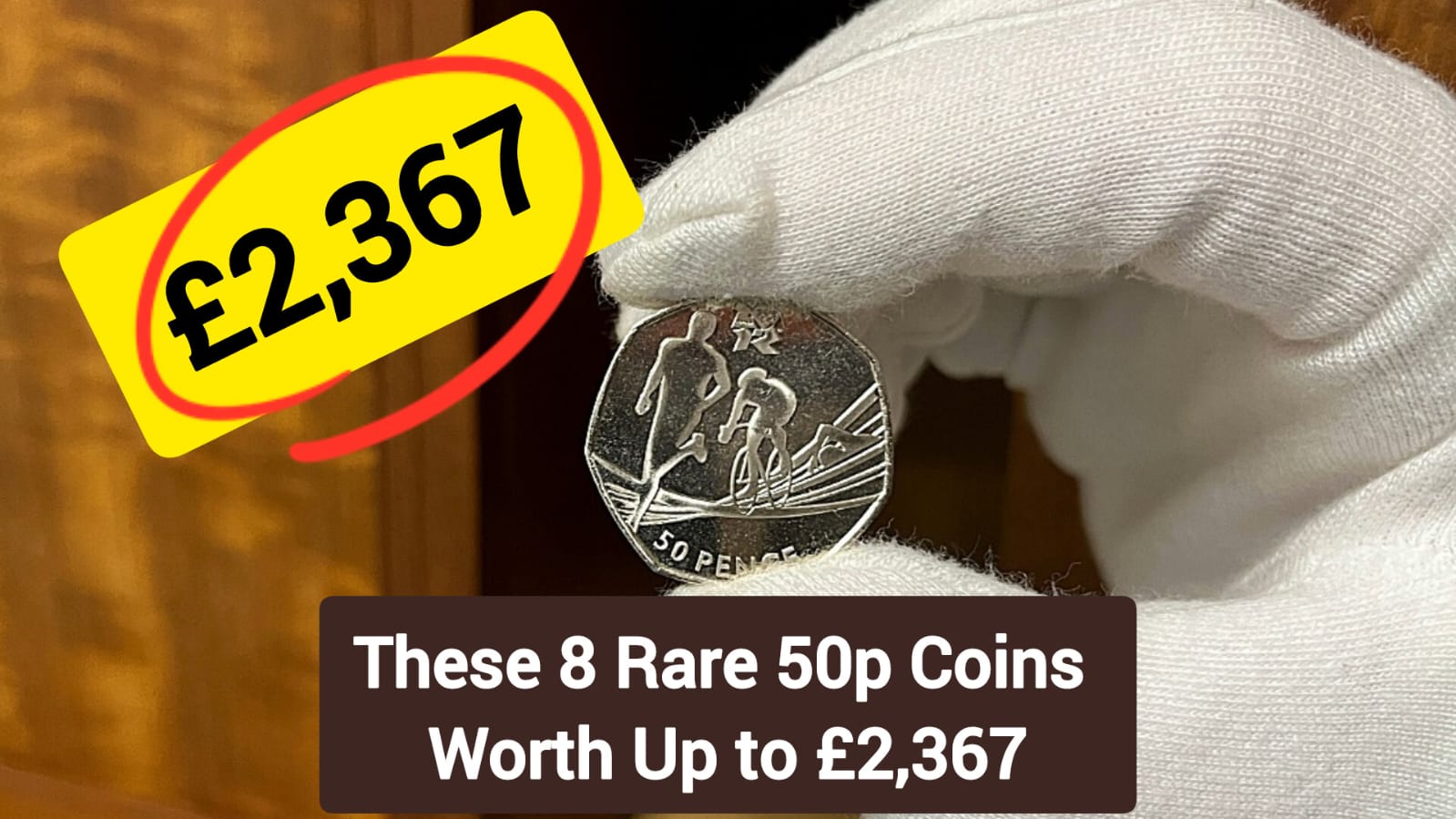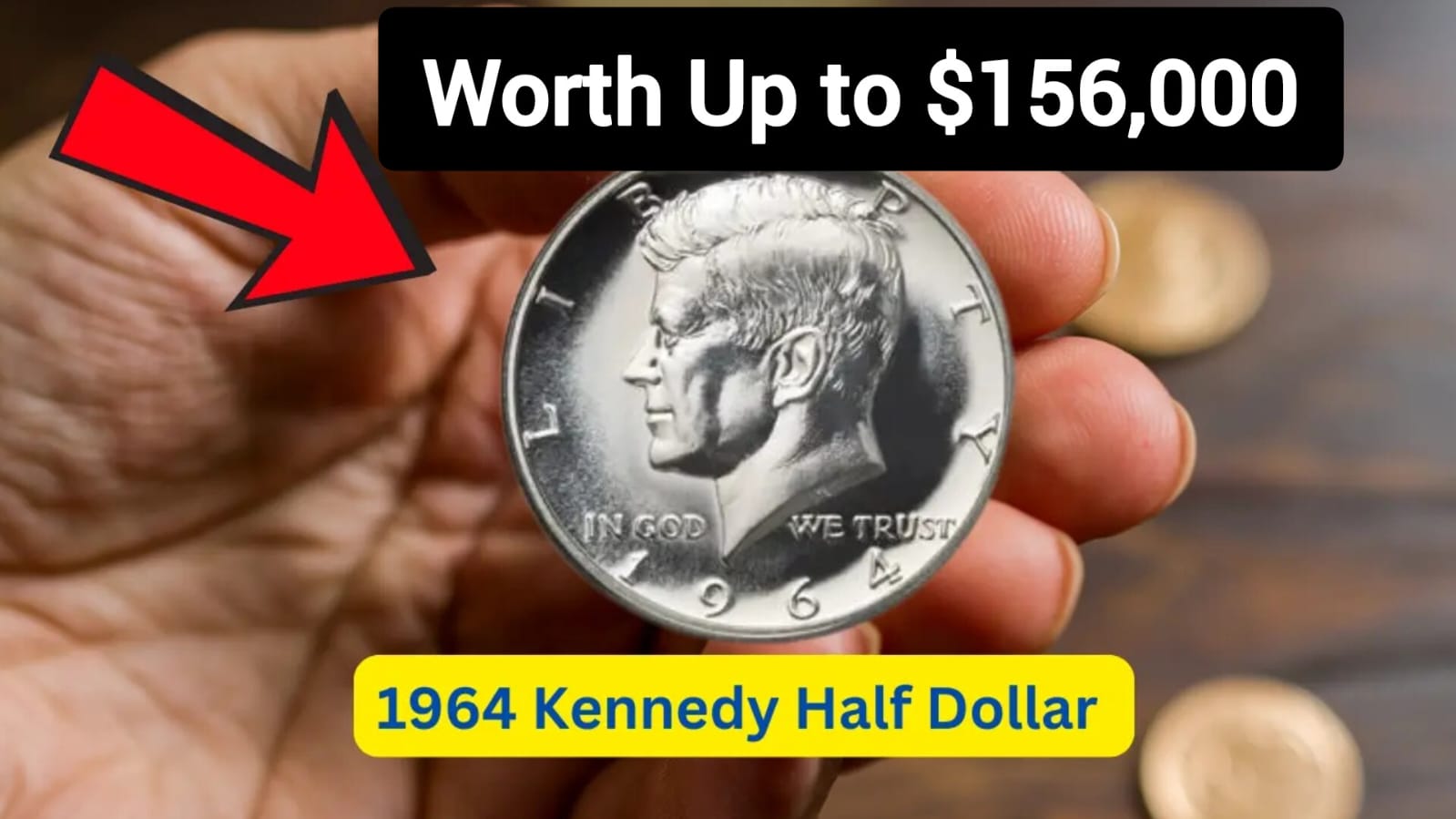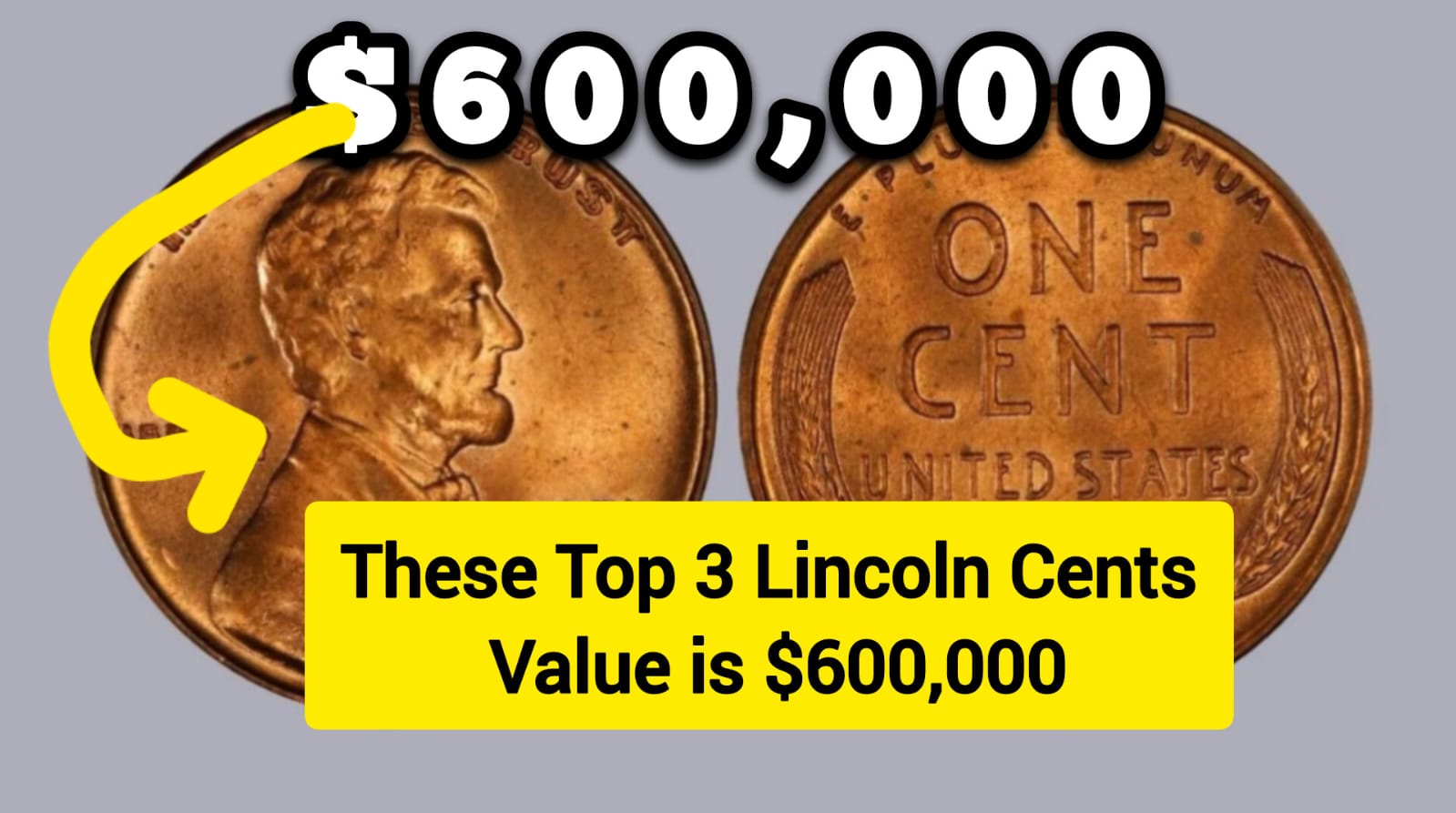Have you ever tossed a quarter into a vending machine without a second thought? Well, you might want to take a closer look at your change! Hidden within the coins jingling in your pocket could be rare treasures worth tens of thousands of dollars.
The numismatic world is buzzing about the 1970-S Quarter error coin that recently sold for an astounding $35,000, but it’s not the only valuable coin still in circulation.
These extraordinary coins are like winning lottery tickets hiding in plain sight. While most of us see coins as just everyday currency, collectors and investors recognize that certain rare varieties and minting errors can transform ordinary pocket change into life-changing windfalls.
Today, I’ll walk you through eight incredible coins that could be worth $35,000 each—or even more—starting with the legendary 1970-S Quarter error that has collectors scrambling to check their collections.
The Extraordinary 1970-S Quarter Error: A $35,000 Mistake
The star of our rare coin showcase is undoubtedly the 1970-S Proof Quarter with a remarkable error. What makes this coin so incredibly valuable? This quarter wasn’t just any minting mistake—it was struck over a 1941 Canadian quarter, creating a numismatic chimera that showcases elements of both currencies.
This extraordinary error occurred at the San Francisco Mint, which is known for its meticulous production of proof coins intended for collectors. Somehow, a 1941 Canadian quarter found its way into the production line and was struck with the 1970-S quarter design. The result is a unique coin that bears subtle traces of its Canadian predecessor.
When examining this rare quarter closely, you can spot the outline of King George VI’s head behind Washington’s neck, and even parts of the “R” from “REX” in the original Canadian inscription. It’s like finding a painting with another masterpiece hidden underneath!
One of these incredible error coins was recently offered for $35,000, and some experts believe its value could climb even higher as collector interest grows. The coin’s provenance adds to its mystique—it reportedly surfaced from an auction by the State of California and was inspected and released by the U.S. Secret Service, confirming its legitimacy.
How to Identify the 1970-S Quarter Error
If you’re hoping to find this valuable error coin, here’s what to look for:
- Check for the “S” mint mark, indicating it was produced at the San Francisco Mint
- Look for a proof finish (mirror-like background with frosted design elements)
- Examine the coin under good lighting for traces of the underlying Canadian design
- Pay special attention to the area behind Washington’s neck for the outline of King George VI
Remember, this is an extremely rare error—like finding a four-leaf clover in a vast field. But with careful examination and a bit of luck, you might just discover this valuable treasure in an old collection or coin jar.
7 More Shocking Rare Coins Worth $35,000 Each
While the 1970-S Quarter error is capturing headlines, several other coins from different eras could also be worth $35,000 or more. Let’s explore these numismatic treasures that might be hiding in your pocket change:
1. 1943 Copper Penny: The Wartime Mistake
During World War II, the U.S. Mint switched from copper to zinc-coated steel for pennies to conserve copper for the war effort. However, a few copper planchets from 1942 were accidentally left in the presses and struck with 1943 dies.
With fewer than 40 authentic examples known to exist, these pennies have sold for between $100,000 and $1.7 million, depending on condition. One sold for $204,000 in 2019 after being discovered by a teenager in his school cafeteria change!
How to identify it: Use a magnet—the 1943 steel pennies will stick to it, while the valuable copper ones won’t.
2. 1955 Doubled Die Penny: The Famous Error
Perhaps the most famous error coin in American numismatics, the 1955 Doubled Die Penny shows dramatic doubling on the obverse side. This error occurred during the die-making process, creating a coin where the date, “LIBERTY,” and “IN GOD WE TRUST” appear doubled.
These error coins can fetch between $1,000 and $125,000, depending on condition. It’s like finding a misprinted book where the text appears in double vision—a mistake that makes it far more valuable than a correctly printed edition.
3. 1970 No S Dime: The Missing Mint Mark
This rare dime was created when proof dimes from the San Francisco Mint were accidentally struck without the “S” mint mark. With only a few known examples, these coins have sold for over $450,000 at auction.
The 1970 No S Dime is particularly valuable because it represents a significant quality control error at a mint known for its precision in creating proof coins.
4. 2004-D Wisconsin Quarter with Extra Leaf
Part of the 50 State Quarters Program, some 2004 Wisconsin quarters from the Denver Mint feature what appears to be an extra leaf on the ear of corn in the design. This error has created two varieties: the “High Leaf” and “Low Leaf.”
These quarters can sell for between $300 and $6,000, depending on condition and the prominence of the error. It’s like finding a map with an extra island that doesn’t exist in reality!
5. 1969-S Doubled Die Penny
Similar to its 1955 counterpart, the 1969-S Doubled Die Penny features doubling on the obverse. However, this variety is much rarer, with fewer than 100 confirmed examples known to exist.
These coins can sell for upwards of $54,000 in mint condition, making them a significant find for any collector lucky enough to spot one.
6. 1972 Double Die Penny
Another doubled die error, the 1972 penny shows doubling primarily in the date and lettering on the obverse. While not as dramatic as the 1955 version, these coins are still highly sought after by collectors.
In excellent condition, these pennies can be worth between $3,000 and $35,000. Keep an eye out for doubling in “LIBERTY” and the date when examining 1972 pennies.
7. 1916-D Mercury Dime
The 1916-D Mercury Dime is one of the most valuable 20th-century coins due to its low mintage of only 264,000. Most were released into circulation and heavily used, making well-preserved examples extremely rare.
In top condition, these dimes can sell for over $35,000, with the finest examples potentially reaching six figures. It’s like finding a rare first-edition book that most people used as a doorstop!
Essential Tools for Identifying Valuable Coins
If you’re serious about hunting for these valuable coins, you’ll need the right tools. Here’s what experienced numismatists recommend:
| Tool | Purpose | Estimated Cost |
|---|---|---|
| Magnifying Glass (10x) | Examining fine details and errors | $15-$30 |
| Digital Scale | Verifying weight (crucial for authenticity) | $20-$50 |
| Calipers | Measuring diameter and thickness | $15-$40 |
| Rare Earth Magnet | Testing for proper metal content | $5-$10 |
| Good Desk Lamp | Providing proper lighting for examination | $30-$60 |
| Coin Reference Guide | Identifying key dates and varieties | $20-$30 |
| Cotton Gloves | Handling coins without damaging them | $5-$10 |
Think of these tools as your treasure-hunting kit—they’ll help you separate the ordinary from the extraordinary when examining your coins.
Authentication: The Critical Step
If you believe you’ve found one of these valuable coins, professional authentication is essential before celebrating your windfall. Here’s why:
- Counterfeits exist: The high value of these coins has unfortunately led to sophisticated counterfeiting.
- Similar varieties: Some common coins look similar to rare varieties to the untrained eye.
- Value validation: Authentication establishes the coin’s legitimacy and helps determine its true market value.
Professional grading services like PCGS (Professional Coin Grading Service) or NGC (Numismatic Guaranty Corporation) can authenticate your find and assign a grade that helps determine its value.
Conclusion
The world of rare coins offers a fascinating blend of history, artistry, and the thrill of the hunt. From the extraordinary 1970-S Quarter struck over a Canadian coin to the legendary 1943 Copper Penny, these numismatic treasures represent not just monetary value but also unique pieces of American history.
While finding a $35,000 coin in your pocket change might seem like a long shot—and it is—discoveries happen regularly. Just last year, collectors reported finding valuable error coins in bank rolls, inherited collections, and even everyday transactions. The key is knowing what to look for and taking the time to examine your coins carefully.
So before you casually spend that quarter or penny, give it a second glance. That ordinary-looking coin might just be an extraordinary treasure worth thousands or even tens of thousands of dollars. Happy hunting!
FAQs About Rare Coin Hunting
1. How can I tell if my 1970-S Quarter is the valuable error version? Look for traces of the underlying 1941 Canadian coin design, particularly behind Washington’s neck where you might see the outline of King George VI. Also, check for the “S” mint mark and proof finish. Due to the extreme rarity of this error, professional authentication is recommended if you suspect you have one.
2. Should I clean my old coins before examining them for errors? Absolutely not! Cleaning can significantly reduce a coin’s value, even if it appears dirty. Professional collectors prefer coins with original surfaces, even if toned or tarnished. If you need to examine a coin more closely, use good lighting and a magnifying glass instead of cleaning it.
3. What’s the best place to look for rare error coins? Bank rolls, inherited collections, estate sales, and even your everyday change are all potential sources of valuable coins. Many collectors report success with “coin roll hunting”—purchasing rolls of coins from banks and methodically searching through them for rarities and errors.
4. How much does it cost to have a coin professionally authenticated? Professional grading services typically charge between $20 and $125 per coin, depending on the coin’s value and the service level you choose. For potentially valuable coins like the ones discussed in this article, the authentication cost is a worthwhile investment that could confirm a significant find.
5. Can I use coin identification apps to spot these valuable coins? Apps like CoinSnap, Coinoscope, and PCGS CoinFacts can help identify basic coin types, but they may not reliably detect subtle errors or varieties that make coins extremely valuable. These apps are good starting points, but for potentially valuable finds, professional examination is still recommended.
10 Rare Penny Varieties Worth $260 Million – Do You Have One of these in Your Collection?
Parents in Australia to Get $533,290 in Child Care Aid – Check Payment Details!



